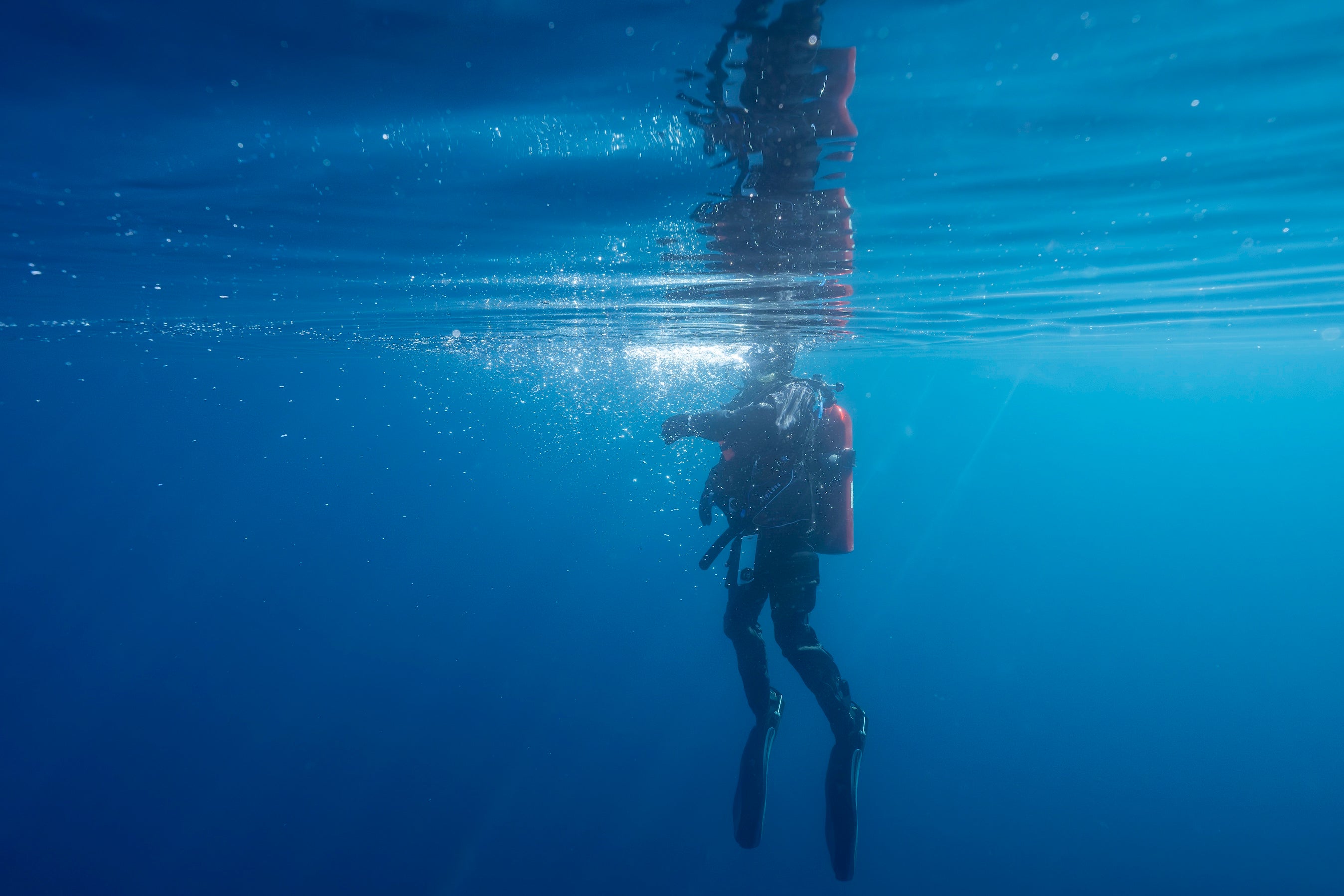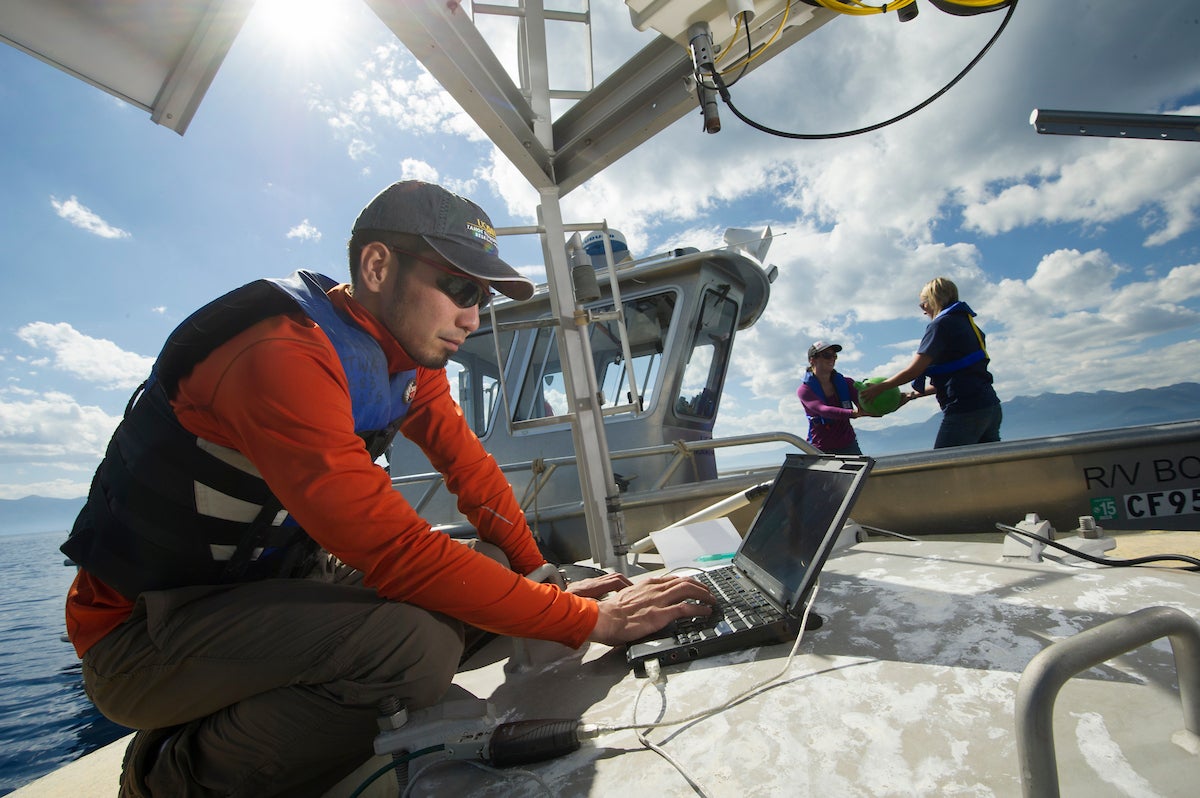Lake Tahoe is experiencing large-scale shifts in ultraviolet radiation (UV) as climate change intensifies wet and dry extremes in the region. That is according to a study led by the University of California, Davis' Tahoe Environmental Research Center and co-leading collaborator Miami University in Ohio.
For the study, published in ASLO, the journal of the Association for the Sciences of Limnology and Oceanography, scientists analyzed an 18-year record of underwater irradiance at Lake Tahoe, which is renowned for its clear blue waters. They found up to a 100-fold difference in UV radiation between a wet and dry year.
These large fluctuations were associated with wet and dry extremes in the local climate, which caused variations in particulate matter and colored dissolved organic matter in the lake.
UV radiation penetrates most deeply in clear water bodies, such as alpine or polar lakes, so the research carries implications for those water bodies. In less transparent lakes, UV radiation may reach only a few inches into the water. In clear systems like Lake Tahoe, it can reach dozens of feet down.
"In a wet year, UV radiation penetrates shallower," said lead author Shohei Watanabe, an associate project scientist with UC Davis Tahoe Environmental Research Center. "In a drought year, more UV radiation is slicing through the water. It's a bit like reducing the lake's 'sunscreen,' making it susceptible to severe sunburn."

The role of UV radiation
UV radiation has wide-ranging effects on aquatic ecosystems. It affects the carbon cycle and behavior of fish and zooplankton. It can suppress photosynthesis, which forms the basis of the lake ecosystem. Understanding how it is changing can help natural resource managers and others anticipate changes while building lake resilience.
In revealing the close tie between UV radiation changes and wet-dry cycles, the study also suggests that monitoring underwater radiation can help serve as a sentinel for climate-driven disturbances in lakes.
Long-term monitoring
Long-term observation of underwater UV radiation in lakes is rare. UC Davis researchers have been continuously monitoring Lake Tahoe since 1968. Specialized equipment to measure underwater UV radiation was introduced as a part of a collaborative research project with Miami University in Ohio in 2006. Since then, UV monitoring has been integrated into the long-term monitoring program. This study analyzed 18 years of that data through 2023.
"To understand what's really happening in nature, the long-term data set is quite important," Watanabe said. "One or two years of data couldn't reveal this kind of huge fluctuation related to climatic perturbations."

The study's co-authors include Erin Overholt and Craig Williamson of Miami University in Ohio, Geoffrey Schladow of UC Davis, and Warwick Vincent of Laval University in Canada. It received funding from the National Science Foundation and philanthropic gifts to UC Davis TERC.






